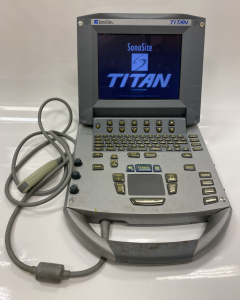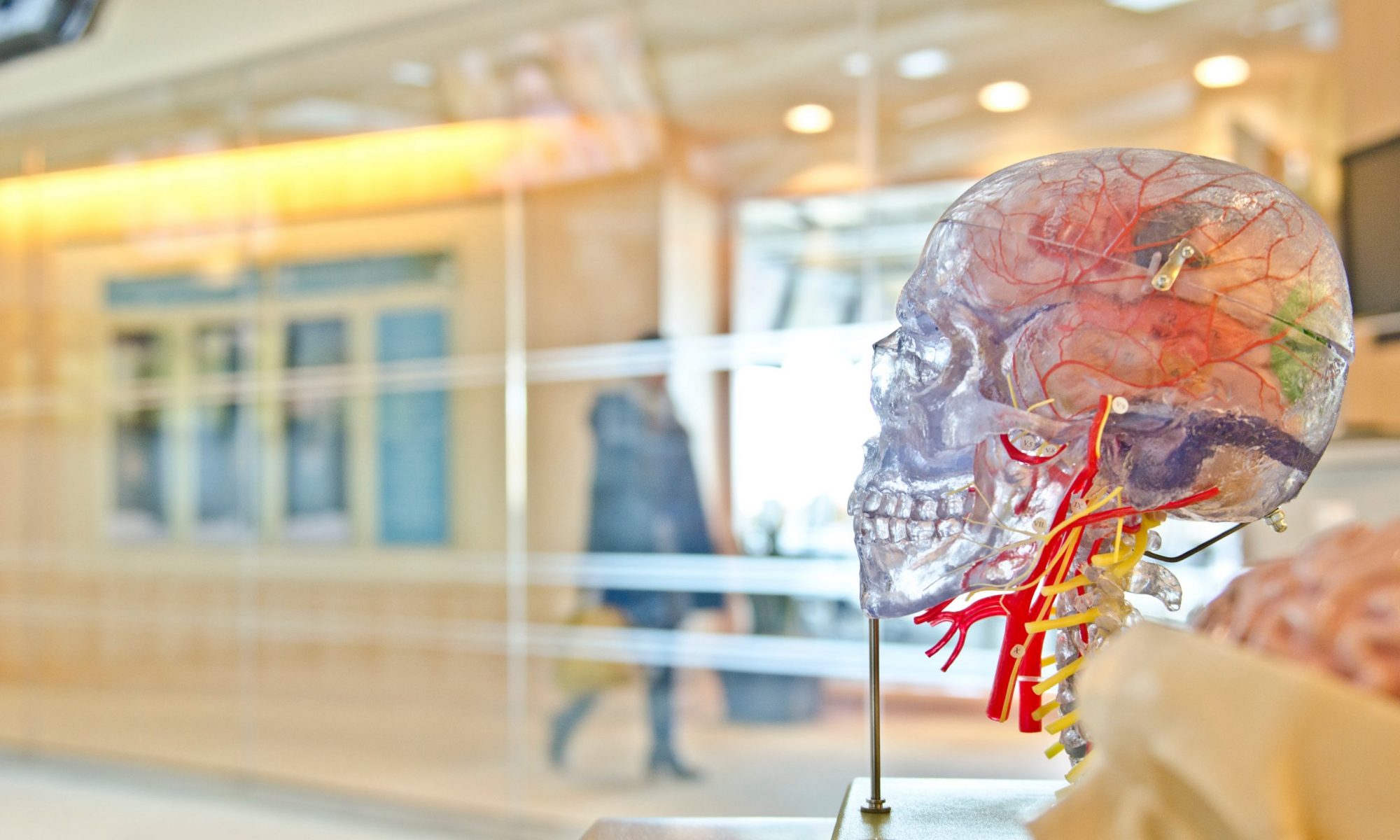ISRL uses a variety of tools to carry out its research!
We’ve shared some resources we created or commonly use.
Click one of the links below to check them out!
LAB EQUIPMENT
Ultrasound
The ultrasound is an important tool at a lab which often deals with the tongue! The lab has two types of external ultrasounds, a portable one and a regular one.

Electromyography (EMG)
Electromyography (EMG) is a device that measures muscle or electrical activity in response to a nerve’s stimulation of the muscle. It records the difference between muscles at rest and during contraction. There are two primary types of EMG:
standard EMGs which require the insertion of a wire into the muscle itself and a
surface EMG which involves placing a sensor on the skin distal to the muscle being examined.
It is helpful to quantify muscle movement and connect these muscles to hypotheses underlying lab experiments.
SOFTWARE
Praat
Praat is a software package written and maintained by Paul Boersma and David Weenink of the University of Amsterdam. It is available for free with open source code and is used primarily for analyzing speech.
ImageJ
ImageJ is a 2D image processing program used in research to display, annotate, edit, calibrate, measure, analyze, and process data. It is often used in linguistic research for its ability to combine stacks (multiple images in a single window) for animation and analysis. It is a useful tool for studying the movement of important parts of speech (vocal folds, tongue etc).
Openface
OpenFace is an opensource toolkit used for facial landmark detection, facial action unit recognition, and tracking eye gazes. Though intended for computer vision and machine learning researchers, this can be useful for sociolinguistic or speech posture studies since it can look at facial behaviour and quantify facial muscle activation.
